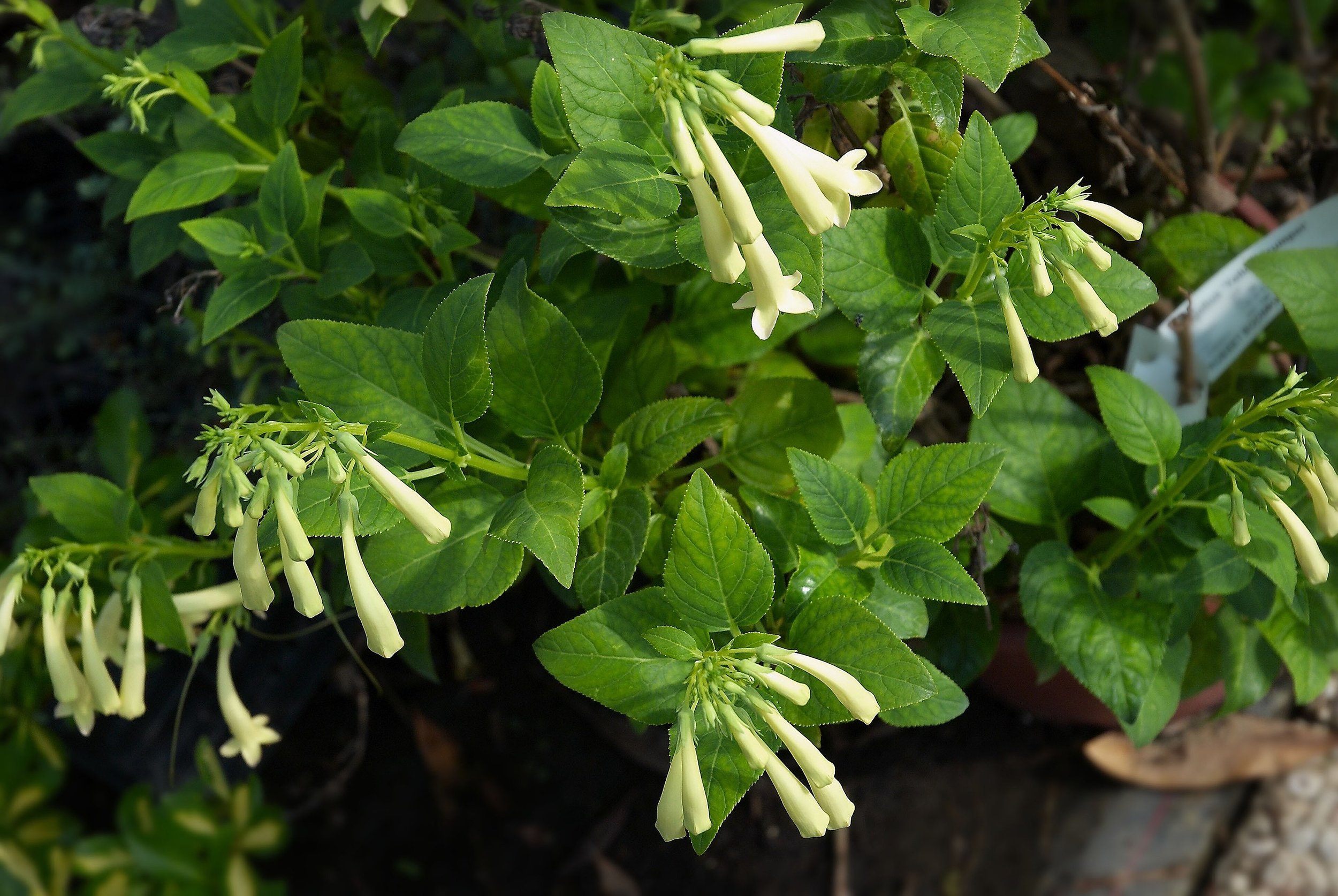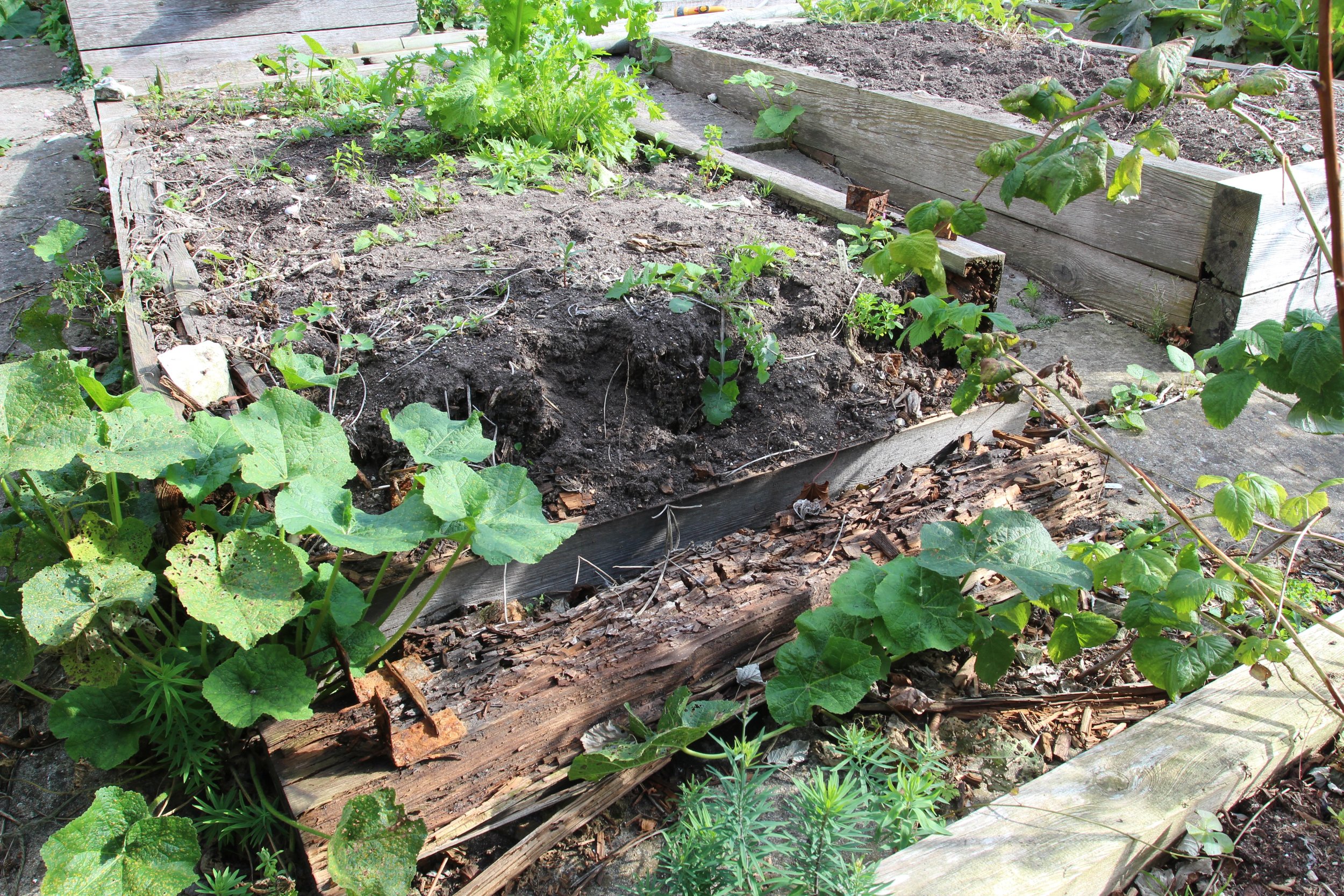It’s all very well Kipling urging us to treat those two imposters just the same and promising us that if we did ‘yours is the earth and everything that’s in it’. Well, he obviously spent more time in his study at Bateman’s than he did in the garden because what he didn't mention - or perhaps didn’t understand - was what was actually in the earth. Here at The Long House we’ve got mile upon mile of bindweed and having spent the last few days trying (in vain I suspect) to rid a few square yards of the damn stuff I reckon frustration should be added to his list of imposters.
Anyway, it set me thinking of our gardening triumphs, disasters and frustrations during 2018. Totting them up they came in almost equal measure, which given the extraordinary weather this year isn’t a great surprise I suppose. Perhaps no real triumphs but some successes: last year’s pea soup pond is now as clear as a whistle, thanks to the filtration system that Adam the Aquarist installed last autumn.
And the leaky hose watering system I ran across the lawn to the apple and pear step-overs has saved them from dying and actually given us decent crops for the first time.
Our garden openings have enabled lots of people to enjoy the garden and at the same time raised plenty of dosh for various charities. So that’s good.
And the glut of courgettes has given Rosie the chance to add to her reputation as Improvisor of the Year: courgette pancakes, courgette soufflé, courgette soup, courgette sausages, courgette panna cotta (which spellcheck tried to alter to panacea)…even courgette cake.
The glut of apples has however been a mixed blessing: plenty to store over-winter, plenty to use for Dorset Apple Cakes and crumbles, plenty to give away at the gate but plenty more cursed with the dreaded brown rot. And what do you do with them in that state?
On the disaster front there’s the afore-mentioned bindweed which this year’s heat seems to have greatly encouraged. But just as bad has been the invasive phygelius aequalis…don’t ever contemplate growing it. It has roots just like bindweed so unless you get rid of every last scrap it’ll start again. Above ground it looks like this…below ground, like this…with root systems like this.
Disaster number 2: the lawns. Usually rain greens them up but this year’s heat was too much and it’s killed large areas of grass. Scarifying, reseeding and even re-turfing will be necessary this autumn.
Disaster number 3: my various erections. Throughout the garden I’ve used wood for trellises and raised beds and despite being pressure treated and guaranteed for ten years (ha-ha) it’s beginning to rot and collapse.
As for frustrations: our first-ever walnut crop was wolfed by the blasted squirrels, leaving us to rescue just three. Our best-ever quince crop developed measles and was unusable. Our initial fig crop was decimated by the Beast from the East (we had just six edible figs) while the summer heat encouraged the tree to try again and now it’s smothered in fruit that will never mature but will need removing one by sticky one next month.
Not to mention the summer heat that frazzled the garden by early July…but why bother to complain? Much better to follow Kipling’s advice and take it all in one’s stride. And to remember - through gritted teeth - that The Glory of the Garden it shall never pass away!



























